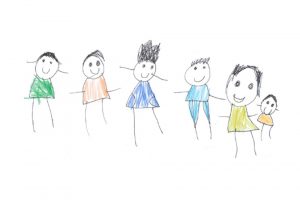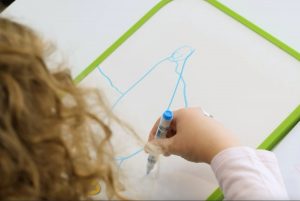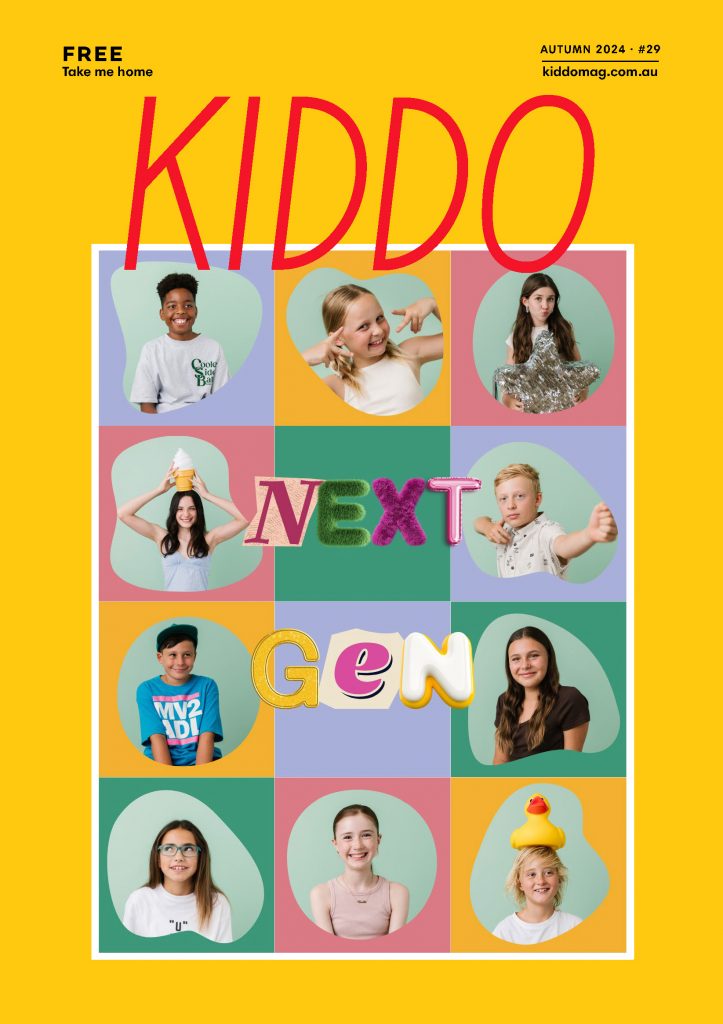Words: Madhavi Nawana Parker

Empathy. One of my favourite skills to teach.
Without empathy, a friendship or relationship can’t reach its full potential.
Some find empathy natural and others need a helping hand. The good news is, empathy is teachable and learnable. Like with all social and emotional intelligence skills, the earlier you start, the better. Empathy allows you to step out of your own perspective for a moment and put yourself in another person’s shoes, seeing the world through their eyes. This allows for deeper connections between people along with enhancing mutual respect.
While there are many ways to help you teach empathy in all my books, here are 5 of my favourite strategies to help young people become ‘empathy aware.’
1. Start by educating them about empathy
All skills start with a knowledge base. Ask them what they already know about empathy…let them hypothesise…fill in the knowledge gaps, explain it in simple terms…check for understanding and when you see empathy in action, point it out, so it becomes a common word in their vocabulary.
Other ways to educate on empathy include reading books and watching movies and programs where the character’s experiences include adversity or diverse experiences your child may not usually be exposed to. Simply saying ‘I wonder what you would have done/ I would have done if XYZ happened,’ and ‘I felt sad for X when Y happened,’ and ‘what did you think about XYZ’ or ‘how did you feel about XYX’ helps them practice putting themselves in someone else’s shoes. (Always match the books and programs to a child’s interests and developmental age).
2. Be a role model
Children are keen observers and being a role model in whatever skill we want them to learn is a great way to speed up the process of their learning.
I try to do this by showing empathy towards them and others in overt ways they can relate to. Depending on the moment, I will show them through words, facial expressions, body language and actions, I’m considering their thoughts, feelings and perspectives.
Simple statements like, ‘oh that looks like it would hurt’ and ‘I bet it took courage to persist with that,’ or ‘I can see this is hard for you,’ and ‘what a hard feeling you’re working through right now,’ are examples of what empathy sounds like. A personal favourite that’s easy to remember is ‘I understand,’ are comforting and empathetic words for a person who is struggling.
Non verbal expressions of empathy include nodding, smiling, placing your hand over your heart and reflecting back their feelings through your facial expressions.
Empathetic gestures include appreciation cards, care and ‘thinking of you’ cards and helping someone going through difficulty. Volunteering can be a great way to exercise empathy muscles.
3. Story telling
Reflect back on times you’ve been shown or have shown empathy to bring empathy to life in a relatable way. Remember to story tell about the times they showed empathy and you were impressed. When you’re feeling empathy for someone, talk about it.
4. Talk kindly about others and avoid pointing out other people’s faults
We all have them and to lead with empathy, look for the good in others and show understanding about our differences. For example if someone was super rude in the supermarket, saying ‘gosh, I wonder what they might be going through to be so grumpy,’ builds empathy, whereas ‘That person was so rude and had no manners,’ can reduce it.
5. Expose young people to diversity
Open the world up a little (or even better, a lot) and make sure young people are exposed to diversity in people, places and things.
Encourage connections with a broad range of friends who have diverse interests, ages and backgrounds. Expose them to the strengths of diversity and role model a warm and compassionate attitude to all.
For more strategies on building empathy, social emotional intelligence and wellbeing skills (that align to the Australian Health Curriculum) you’ll find plenty of books:
positivemindsaustralia.com.au/books
And for free supporting resources:






